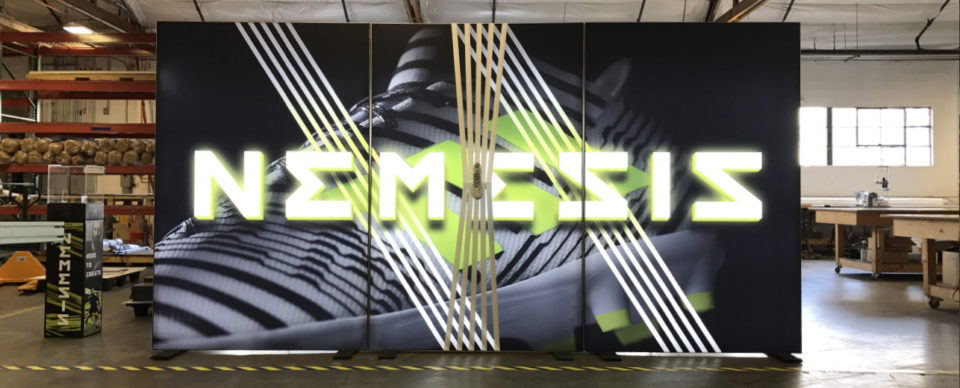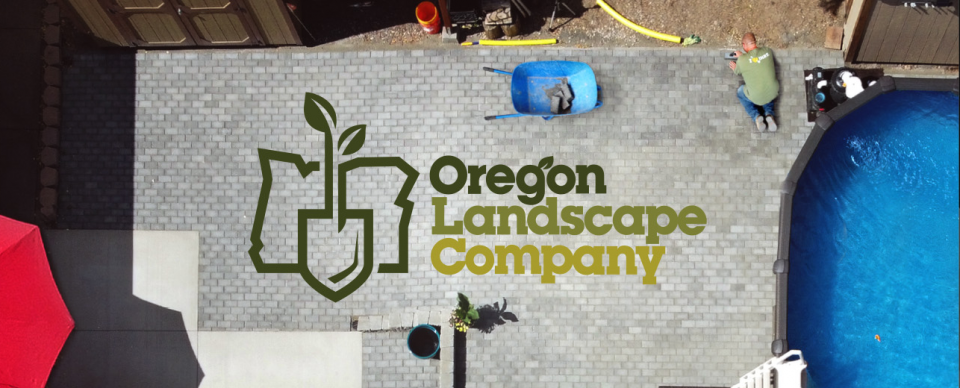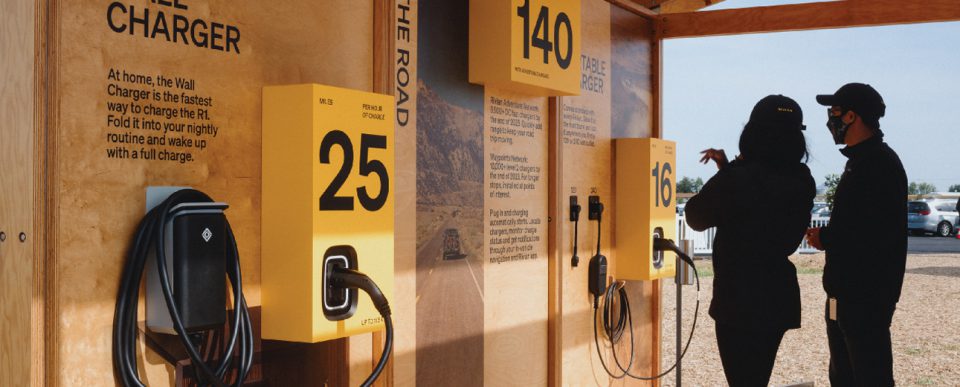Time Is Money: 7 Quick Tricks To Speed Up Your Workflow in Adobe Illustrator
Time Is Money: 7 Quick Tricks To Speed Up Your Workflow in Adobe Illustrator
Among many graphic designers, Adobe Illustrator is considered the industry standard. With the advanced nature of the software, as well as the ever-changing updates, comes a nearly endless list of routes that lead to the same destination. However, most of us know that the shortest distance between two points is a straight line. So that’s what we’ll show you. We’ll share 7 time-saving techniques that will improve your workflow immediately.
Start Global Edit
One of the primary issues when working with complex illustrations or patterns comes when you are attempting to refine the appearance of many repeated objects. This could be stars in a sky or leaves on a tree. Using the Start Global Edit option located in the Properties Panel allows you to select each iteration of specific groups and edit them live or in isolation mode. For this trick to work, the selected items need to be copies of each other. Once you’re done editing, click the Stop Global Edit button in the Properties panel.
https://www.youtube.com/watch?v=EnFJirZLs-g
The Move Command
One of the most simple (but under appreciated) commands in Illustrator, the “move” command moves artwork a set distance. This is extremely useful when making dielines or copying objects from one artboard to another in Illustrator. If you set up multiple artboards in your document (without any space between artboards) you can just move (or copy) your art to the next page by moving your selection the width of your document setup.
https://www.youtube.com/watch?v=0XcqnupU7VM
Set Default Font Mechanics
If you’re tired of seeing Myriad all the time before inevitably changing your font to something preferred, it’s time to change your default font settings. Instead of changing that font every time you select the Type Tool, go to Window>Type>Character Styles and double click “Normal Character Style”. A “Character Style Options” box will then pop up. Click “Basic Character Formats” to select your font as well as its size, kerning and more! This is a huge time-saving trick if you find yourself working with the same fonts often.
https://www.youtube.com/watch?v=VoqS7VVi1xU
Hide Anchor Points
It goes without saying that visibility is key when designing anything. One pesky element that you can find yourself attempting to work around too often are anchor points. For quick shortcut to hide them, simply hold CMD and enjoy a clearer view of your work.
https://www.youtube.com/watch?v=sIiTbcYyLjc
Cad Tools
One of the most productive Illustrator plug-ins for our industry, Hot Door Cad Tools adds basic CAD functionality directly to Illustrator. You can make art or drawings in any scale you want, and easily create dimension callouts using the art objects themselves or by clicking reference points and pulling dims from there. This is extremely useful when making installation guidelines for graphics that need to be installed with precision, or figuring out the exact size of elements drawn at a smaller scale.
https://www.youtube.com/watch?v=a7QNCilViPU
Rapid Kerning
Typography is a massive part of design and a poor kerning with stick out like a sore thumb. Most of us know how to kern the classic way inside the Character Panel, but to kern with quickness, click between the letters you wish to kern (make sure the Type Tool has been selected) and while holding OPT, click the left and right arrows. This will adjust the kerning of the point you selected. Additionally, to adjust the kerning of multiple letters at once, use the shortcut SHIFT+CMD+BRACKET.
https://www.youtube.com/watch?v=uv8yJ6P0a_U
Sample Colors Outside Illustrator
Select your Eyedropper Tool (I) and click+ drag anywhere inside your document. Continue dragging outside your document and even into other application windows to sample any color present. This dramatically speeds up your work flow as it replaces the need to take hasty browser screenshots just to get a color sample.
https://www.youtube.com/watch?v=2vqQx8BquZg
If you’re already familiar with Adobe Illustrator, the advice in this article may help eliminate some of those longer routes you’ve been taking, which can save time when working in the software. On the other hand, if you’re still a novice, these tips can also be used to up your game and make your designs more efficient. But regardless of where you fall on the spectrum, we hope that these tips will help to improve your workflow!




